申万胜,蜀广安人,生于丙戌年九月,初见世于黔地金沙。其人早岁入伍,久任军中宣教,因职所牵,遍涉艺道,尤以书艺为至爱。申氏非仅嗜书,实乃以书为志,情挚于内,苦乐相伴,见书如见性命。数十年孜孜于此,融军旅之豪放、豁达于笔端,笔墨沉雄,风骨拙雅,终自成一家,识者推崇,誉声不绝。

军务之繁,可想而知,然申氏于书道之勤,从未稍减。时无整暇,间隙即读帖默记,夜半周末,辄闭门专心笔墨,屏绝俗扰,流连翰墨间,至忘食寝。其法自魏晋入,尤爱秦汉明清,风格凝重,于此风骨中觅得与己性契合之妙。碑版转换间,笔力深植,碑帖反复研习,非惟求形似,重在“度”之得失,纵横兼顾,广采博收,融百家于己意,独出一格。

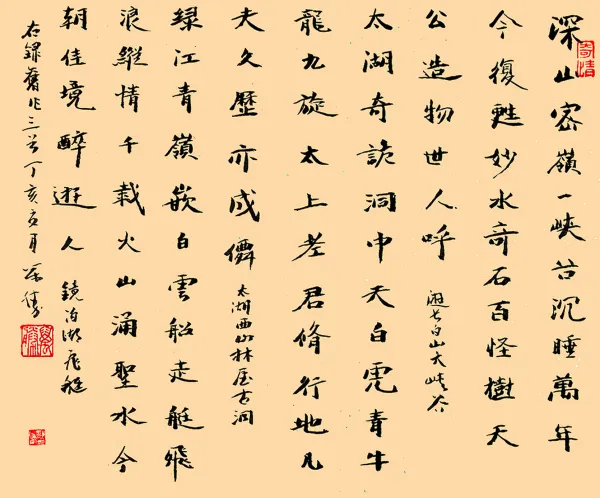
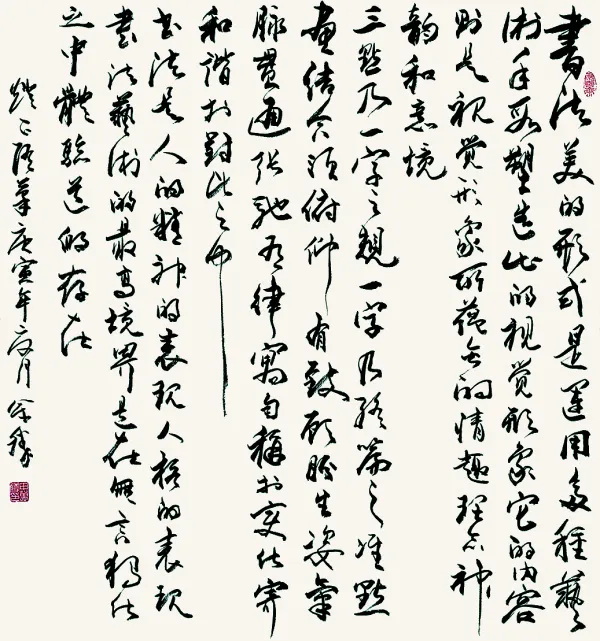
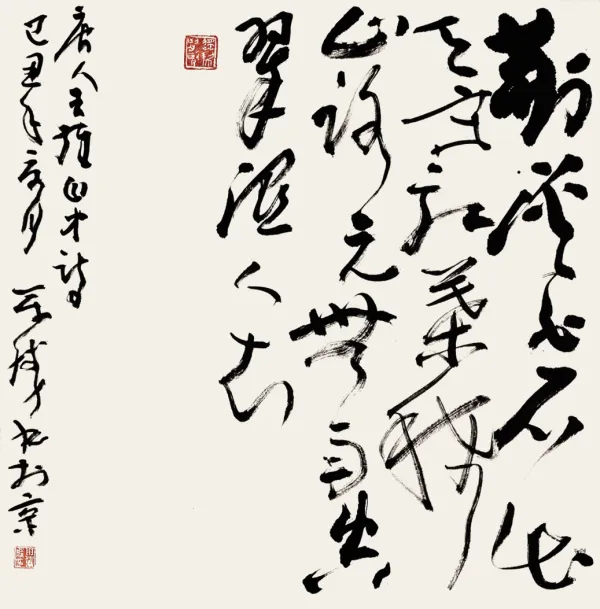
申万胜素以行草见长。其书意追雄厚沉稳,方圆并举,笔力充沛,直抒胸怀,脱俗而不失质朴。碑帖互融,格调旷达,书中蕴含军人气骨,寓壮美于笔端,直逼万千气象。结体自然,线条沉雄,注重笔墨变化,毫无雕琢之迹,却自显厚重拙雅之风。情意融于笔墨,落纸风生,无论巨制小品,皆饱含开张大度之象,文人气度于字里行间隐然可见。申氏之书,横竖波磔,枯润相间,或如霜重雪寒,或如春山朗润。沉着挺拔,刚柔并济,或见苍古,或显妍丽。其用笔精炼,疏密相间,随意挥洒中自有法度。结字则宽博舒朗,疏简自如,笔力重而不滞,气机流畅而不失稳重。申万胜之于书道,恒自言其为自我发见与性灵契合。其习书不拘时风,尤重书外功夫,诗文绘画,皆有造诣。远赴异国访游,常以文寄情,笔走龙蛇,妙语珠玑,随笔万言,皆流畅天然,辞章精妙。其书作多为艺术殿堂、名胜景地珍藏,广为中外友人所赏。申氏于军中书法亦不遗余力,讲学提携,激励后进,军中书道因其而蔚然成风。古有云:“兵者贵文,文武兼济为上。”申氏以军人品格贯通文道,笔墨中融天地气象,心志宽广,求索无止,终以求大美于艺途,成就卓然,诚为艺林翘楚。
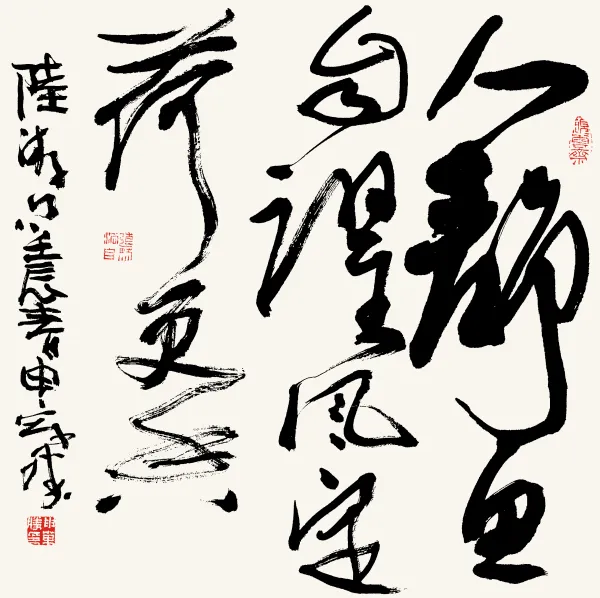
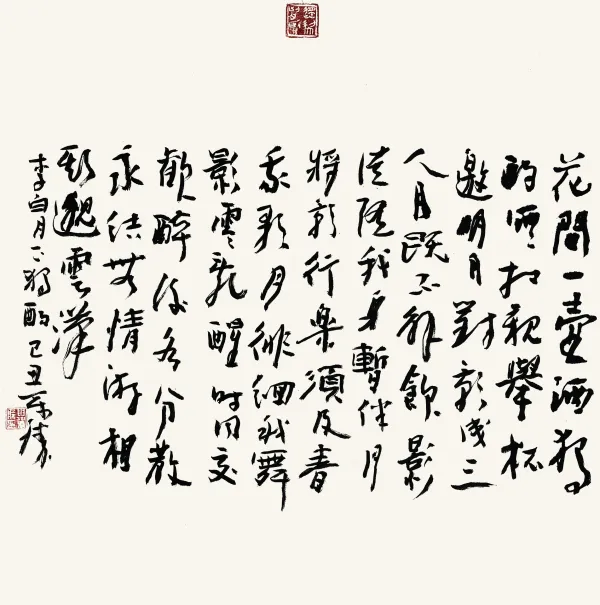
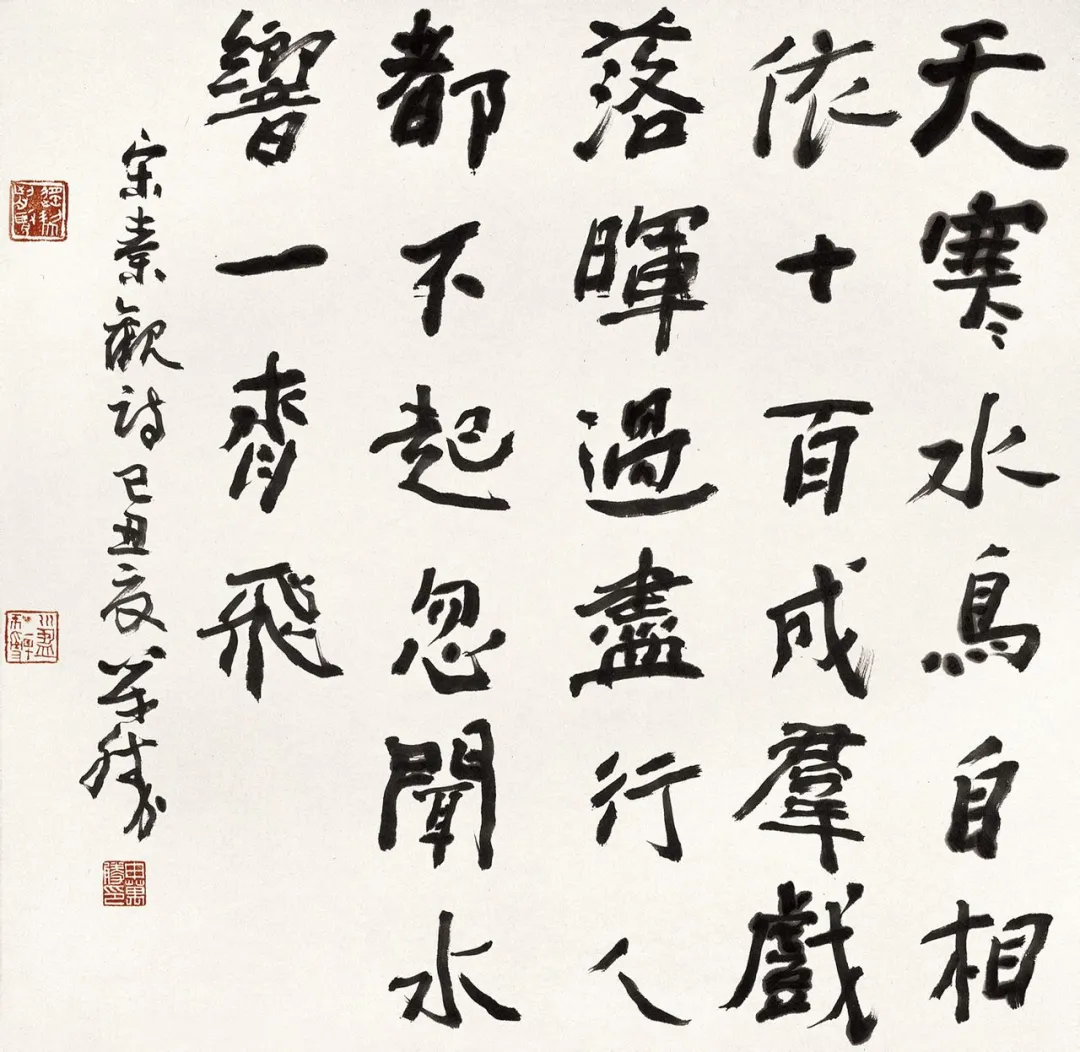
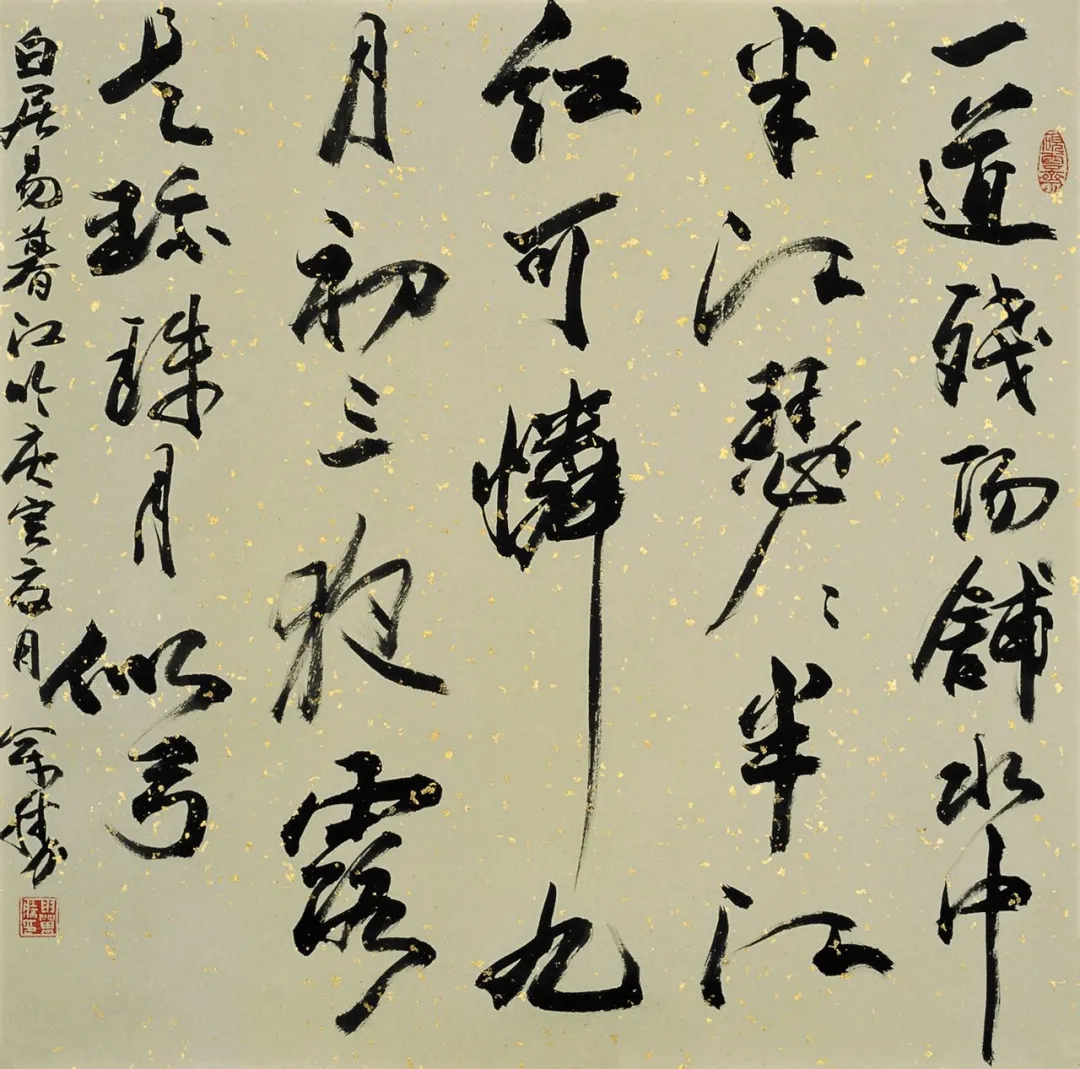
书道非浅易之事,笔墨虽简,而其理幽深。点画之间,气韵贯通,结字章法,变化无穷。书之妙,不在表象,尤贵内蕴充实,须见精神气象。夫书法者,非徒笔线相合,乃兼容物象与性灵,气韵与神采,须博采众艺,以拓胸怀,广涵雅韵,方能得其真趣。书贵“熟后生”,熟者技功,生者艺境。技者苦练,艺者修养。书作应为心灵与天地自然之对话,笔随心走,情与墨融,方得境界。书道传承与创新,必赖文化积淀深厚,根植于民族精神沃土,方能承古而发新。书法随时而变,书者当具广远之识,于时代中取法,融其精神,方成大作。其美乃形神俱全,情理并举,法与意同,方为艺境所至。书坛虽盛,然申万胜自守一隅,秉持正道,或守古法,或开新境,皆从容不迫,志在弘扬书道之精髓。
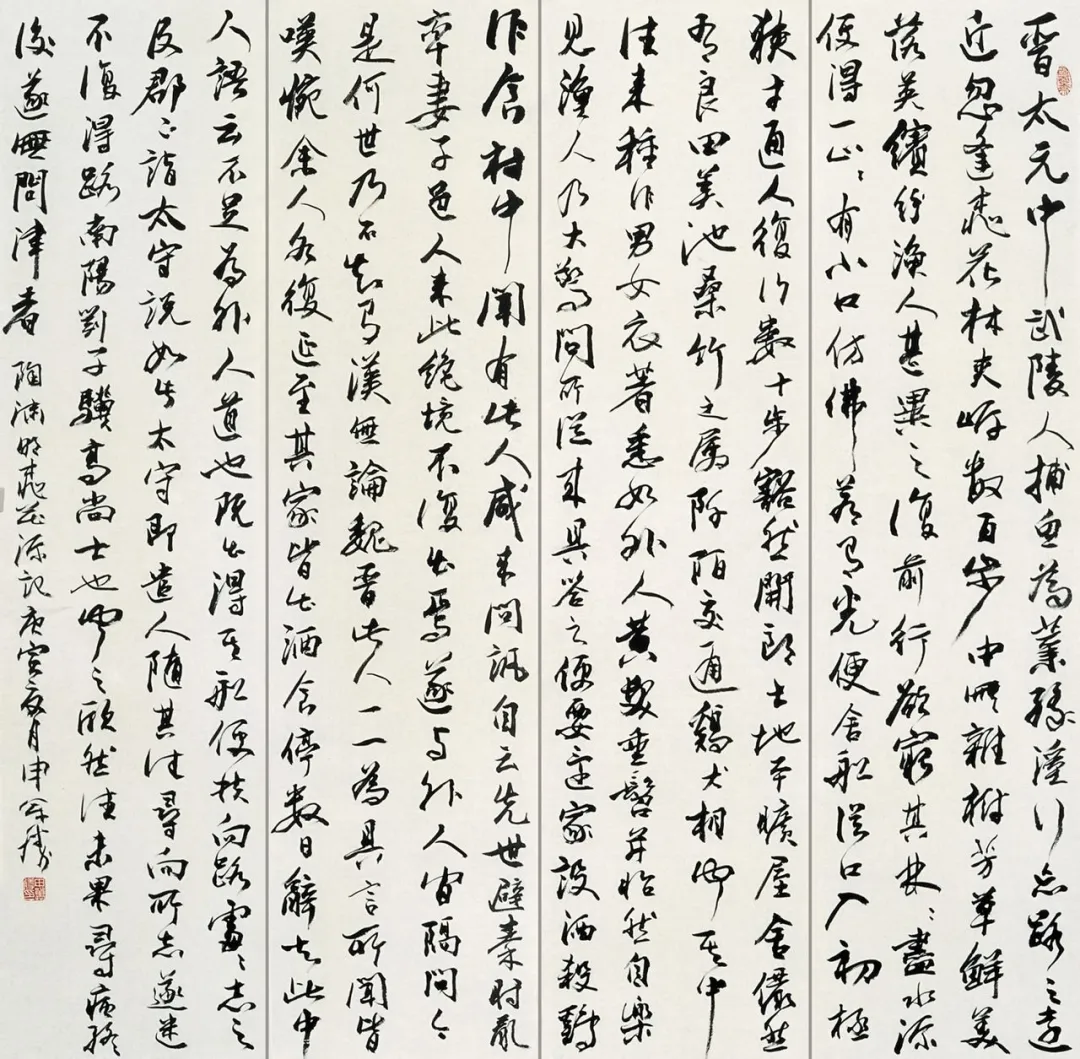
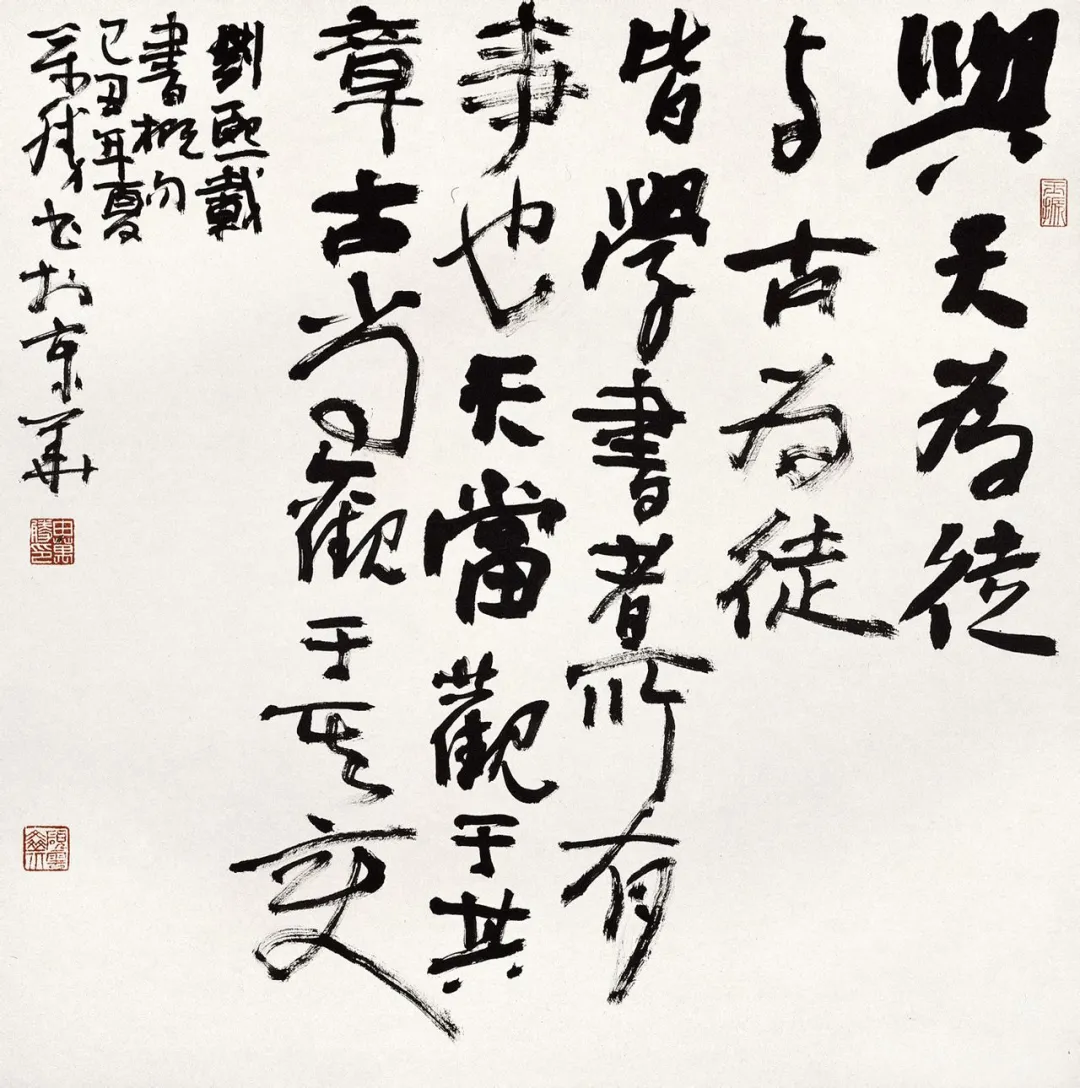
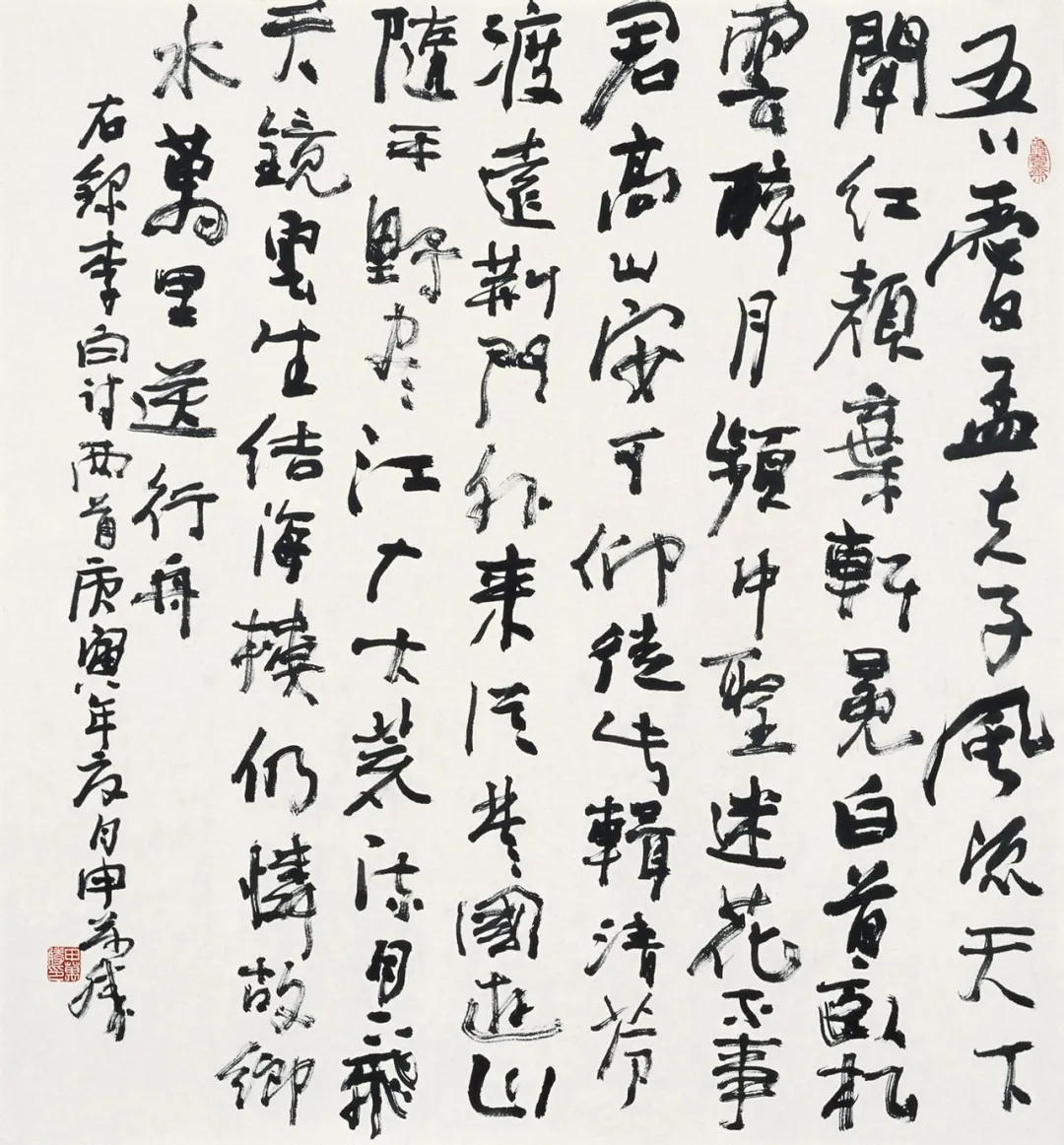
观万胜之书,初见者未必能察其所宗,然通篇浏览,则法度森严,结体端稳,章法自成一格,字里行间,书卷气韵悠然。其笔墨之间,透古今之风,兼容众法,然不拘泥于一,笔力遒劲而不失温润,流露自然厚朴之气。大气象为申氏书法之独胜处。其笔下古意苍茫,结体开阔而不失严整,用笔纵横自如,无拘谨之迹,气象恢宏,书作中可见豪情满溢,洒脱雄浑,绝无刻意雕琢之态。
先生久历戎马,然根植于其心者,乃艺术根底与高远追求。正此等内蕴,方成其笔下气象,胸襟浩然而艺道日隆。申万胜以军人之心性铸其书格,刚毅凝重又不失洒脱,融古拙与文雅于一体,风骨自成,气象开阔。
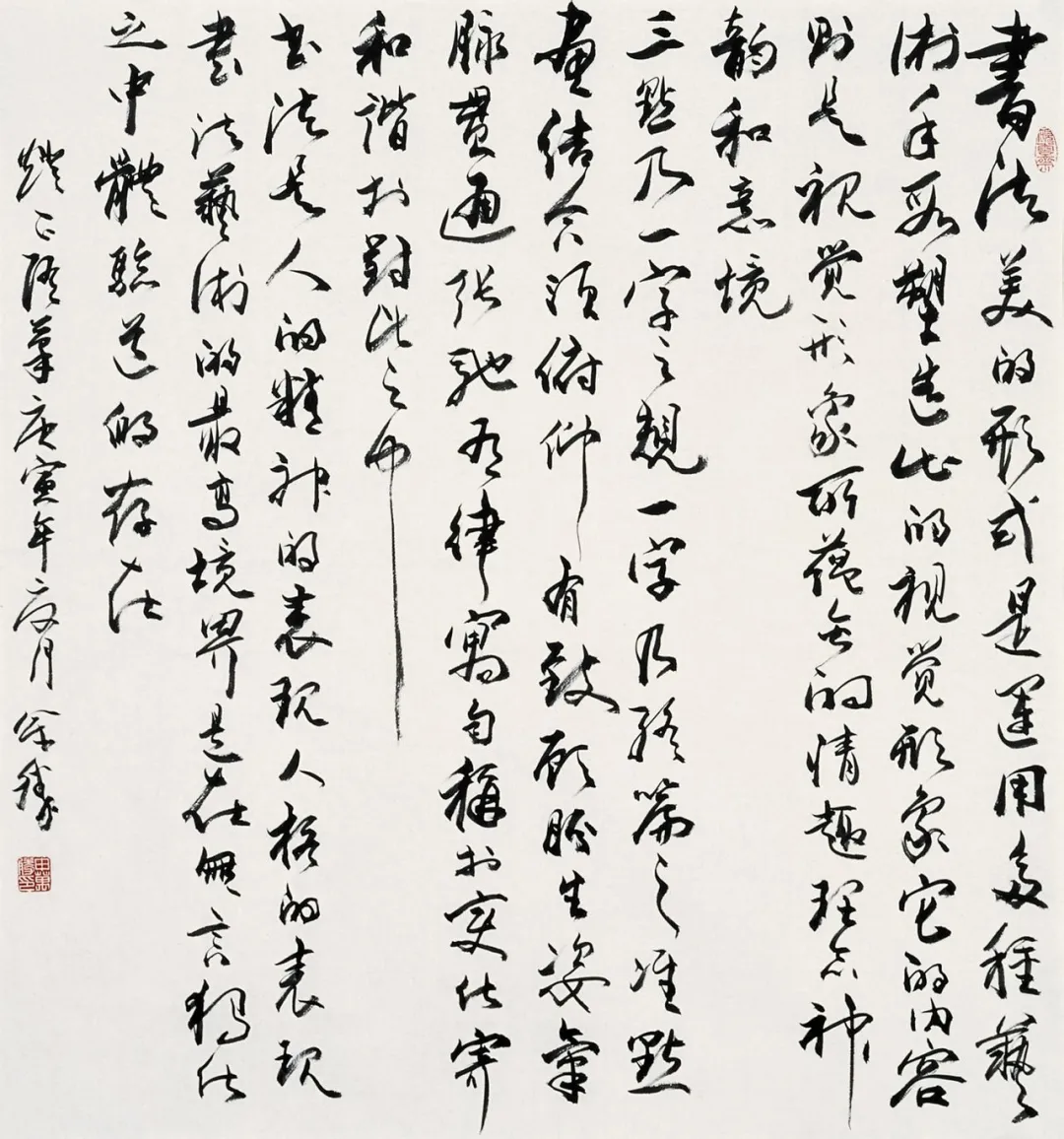
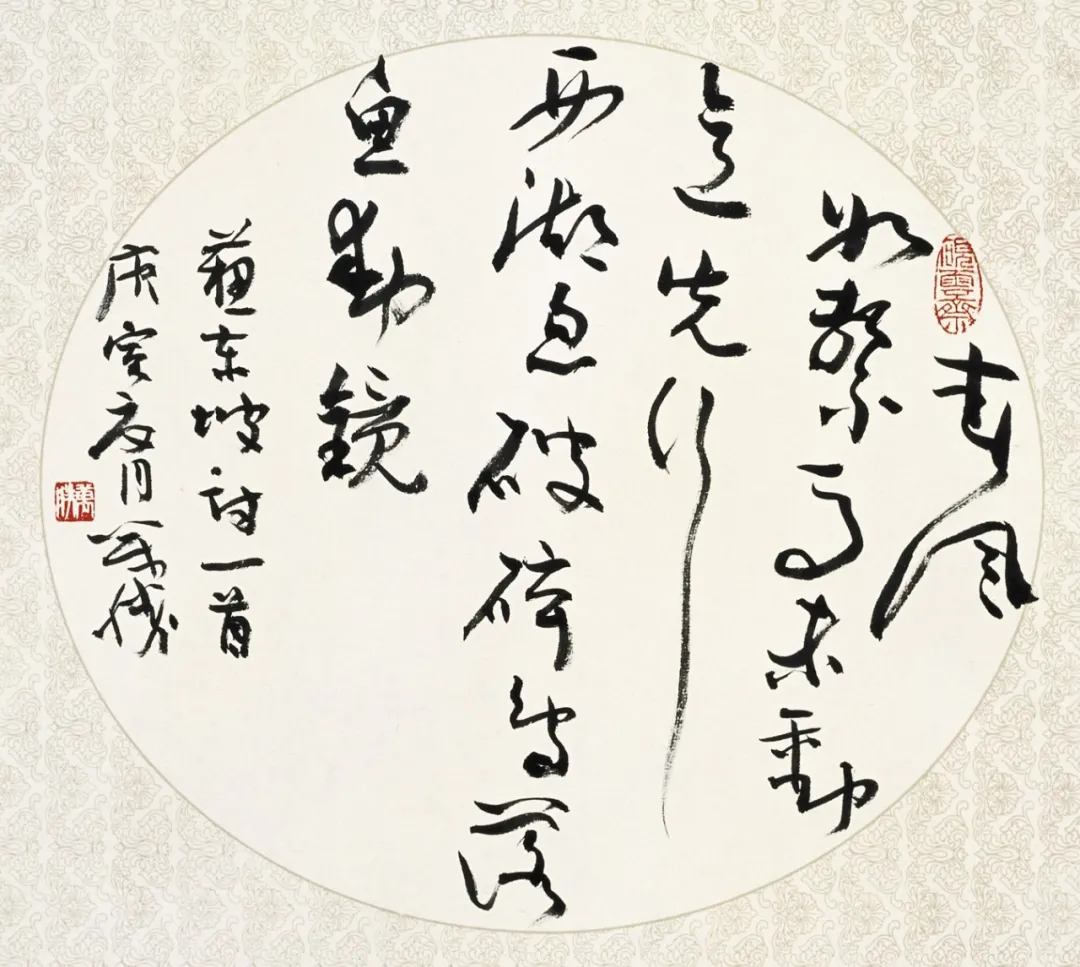
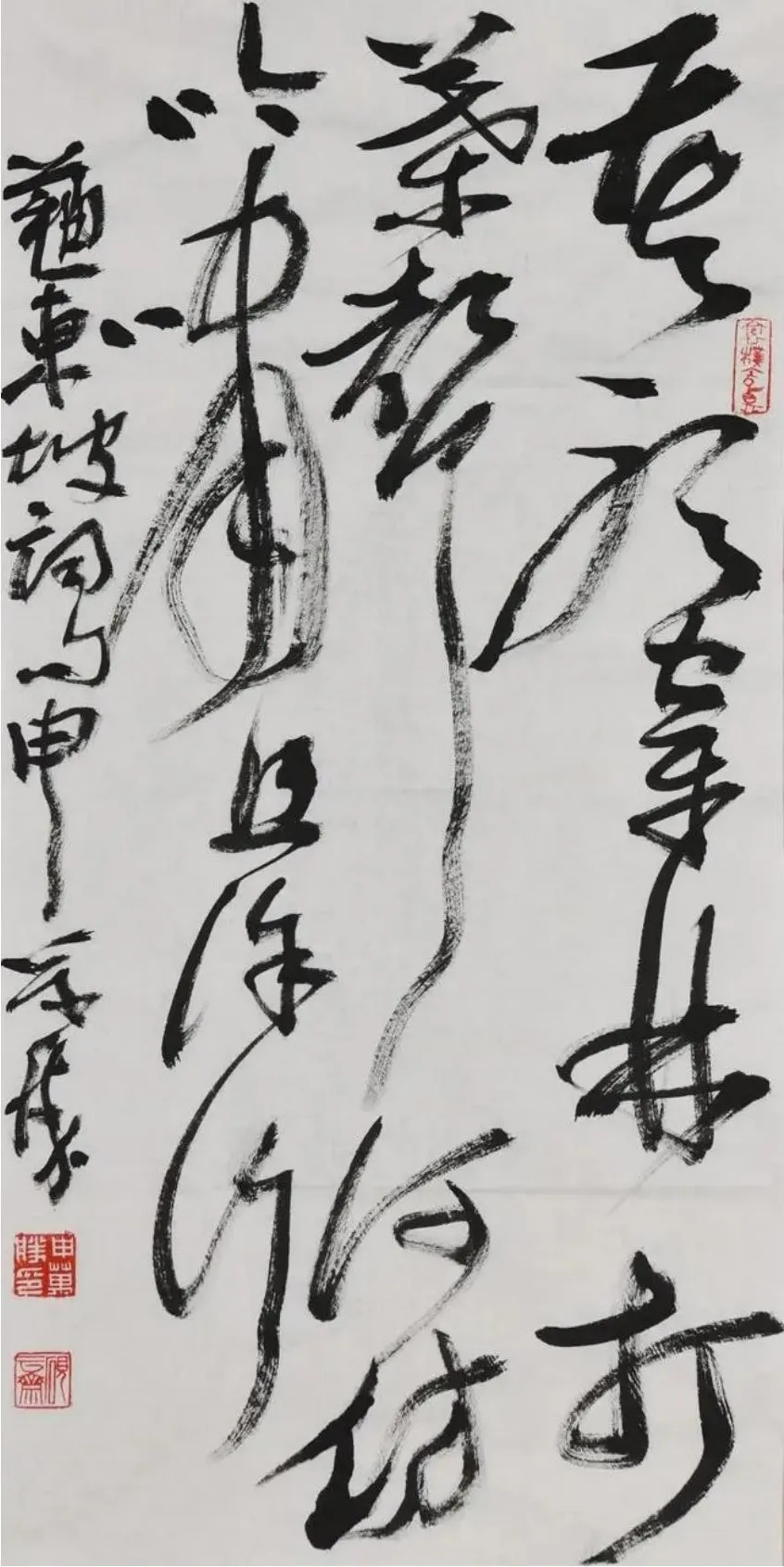
Shen Wansheng: Bold and Free in Spirit, Unrefined yet Elegant, Unconstrained by Time
Shen Wansheng, a native of Guang'an in Sichuan, was born in the ninth month of the Bingxu year in Jinsha, Guizhou. In his early years, he joined the military and served for a long time in cultural propaganda work. His responsibilities led him to explore various forms of art, but it was calligraphy that he cherished most.Shen's passion for calligraphy went beyond simple enjoyment; it was his life's mission, deeply tied to his emotions. Over decades, he poured his efforts into the art, blending the boldness and open-mindedness of his military career into his brushstrokes. His calligraphy became strong yet unpretentious, eventually forming a unique style that earned him widespread recognition.
The demands of military life were considerable, but Shen’s dedication to calligraphy never waned. In the rare moments of respite, he studied and memorizedic texts. On weekends and late nights, he would shut himself away, fully immersed in his brush and ink, so absorbed that he would forget to eat or sleep.Shen’s style was rooted in the calligraphy of the Wei and Jin dynasties, with a special affinity for the Qin, Han, Ming, and Qing periods. He discovered that these styles resonated deeply with his own temperament. His meticulous study of inscriptions andic texts was not just about imitation; rather, it was about mastering the subtle balance, integrating various elements into his unique approach.
Shen Wansheng was particularly skilled in running and cursive scripts. His calligraphy pursued a sense of boldness and stability, combining both angular and rounded forms, with vigorous strokes expressing his inner strength. His style merged the techniques of stone inscriptions andic texts, creating a bold and expansive work that conveyed the grandeur of a soldier's aesthetic.His compositions were natural, with bold, strong lines that paid close attention to variations in ink and brushstrokes. There was no artificiality, yet the style conveyed a rustic elegance. The emotion in his brush infused the paper, and whether creating large-scale or small works, they all reflected an open and generous spirit, with the quiet dignity of a scholar present in each character.In Shen's calligraphy, horizontal and vertical strokes alternated between dry and wet, sometimes evoking the chill of frost, at other times the brightness of spring. His work was steady and forceful, balancing hardness and softness, ancient and rugged at times, graceful and refined at others. His brush technique was precise yet free, with an inherent sense of order.Shen often remarked that his approach to calligraphy was a process of self-discovery, aligned with his inner spirit. He was not bound by contemporary trends, placing great importance on cultivating his skills beyond calligraphy, achieving mastery in poetry, literature, and painting.During his travels abroad, he frequently expressed his emotions through writing, with words flowing as effortlessly as his brushstrokes. His essays were written with ease and grace, and his calligraphy works were collected by art institutions and cultural landmarks, admired by both Chinese and international friends.Shen was also dedicated to promoting calligraphy within the military, mentoring younger generations and helping military calligraphy flourish. As the ancient saying goes, "In military affairs, culture is valued; the best combine both civil and martial virtues." Shen’s soldierly character infused his artistic pursuits, and his work conveyed the vastness of the universe and his broad spirit, making him a standout in the art world.
Calligraphy may seem simple, but it is profoundly deep in its principles. Between each stroke and dot, there is a flow of energy, and the structure and composition offer endless variations. The beauty of calligraphy does not lie in its surface but in its rich inner essence, where the artist’s spirit must shine through.Calligraphy is not merely the combination of brushstrokes; it is the fusion of physical form and inner spirit, combining energy and vitality. To capture its true essence, one must draw from a wide range of arts, broadening one’s horizons and refining one’s aesthetic sensibilities.The phrase “熟后生” (familiarity breeds innovation) applies here—familiarity refers to skill, while innovation refers to artistic expression. Skill requires practice, but artistry requires cultivation. Calligraphy should be a dialogue between the artist’s soul and the natural world, where the brush follows the heart and the ink blends with emotion, leading to a higher artistic realm.
The transmission and innovation of calligraphy rely on a deep cultural foundation, rooted in the spiritual soil of the nation. Calligraphy evolves with time, and the calligrapher must have a broad vision, drawing from the spirit of the times to create great works.Its beauty lies in the perfect unity of form and spirit, emotion and logic, rules and intent. Although the world of calligraphy is flourishing, Shen Wansheng remains steadfast in his own path, whether preserving ancient methods or pioneering new approaches, always aiming to uphold the essence of the art.
At first glance, one may not immediately recognize Shen's influences, but upon deeper observation, one finds strict discipline, stable composition, and a unique style. His strokes embody both ancient and modern influences, yet he is not bound by any single method. His brushwork is both vigorous and gentle, exuding a natural simplicity.Shen’s mastery of grand composition is a hallmark of his calligraphy. His strokes convey a sense of ancient grandeur, with broad, balanced characters that are free from hesitation. His works are expansive, filled with energy, and unrestrained by artificial embellishment.
Having spent much of his life in the military, Shen’s deep artistic foundation and lofty pursuits are what have shaped his calligraphy. His works reflect his broad mind and growing mastery of the art. Shen has infused his soldierly character into his calligraphy, balancing strength with elegance, creating a unique style that is both rugged and refined.
责任编辑:苗君